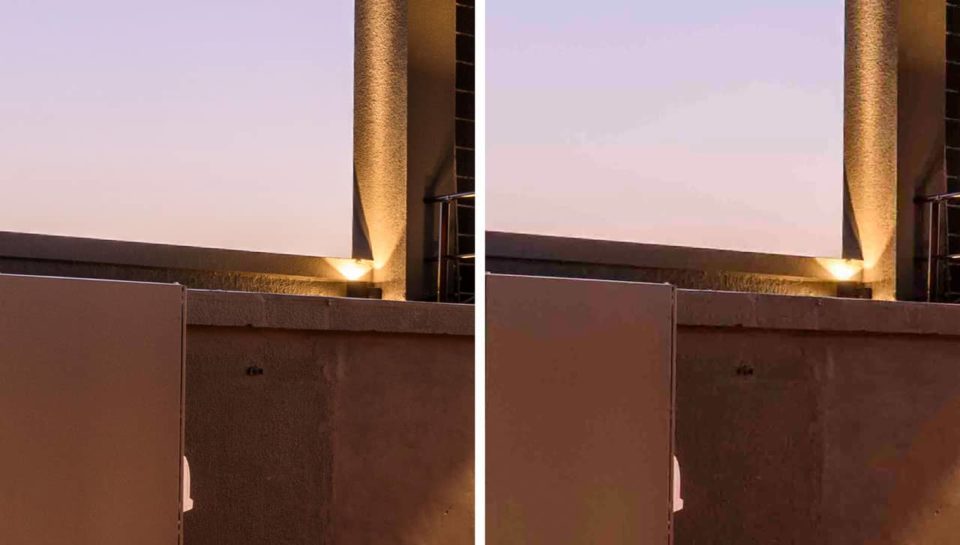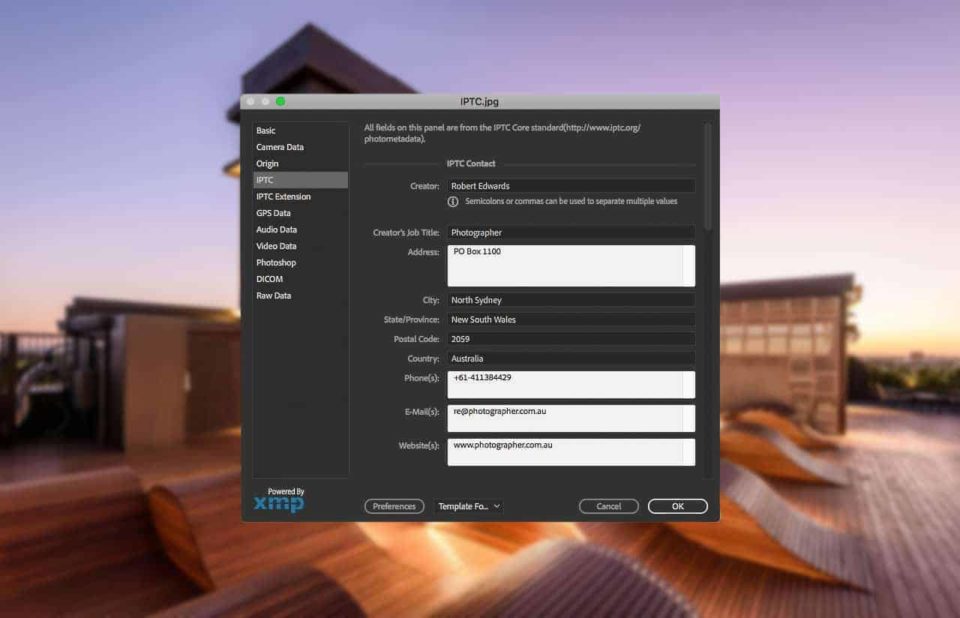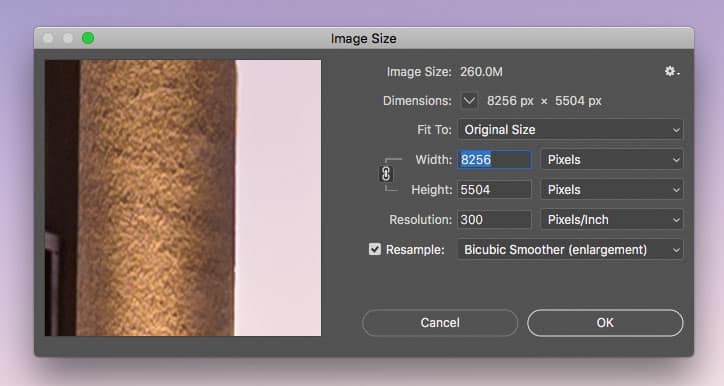Maybe that title should be “photography misunderstandings“. Digital photography gave us more opportunities, freedom and power. As with any superpower it comes with great responsibility. Assumptions can lead to the spread of misinformation. In that vein, if what follows has any errors please let me know on LinkedIn.
Opening A JPEG In Photoshop Recompresses It
No it doesn’t.
If you edit a JPEG image in some way and re-save it then you will lose data. Re-saving a JPEG can reduce it’s “quality” but that’s likely imperceptible. JPEG compression is visually lossless. Edit and re-save a JPEG dozens of times then you’ll see it in smooth areas like the sky below.

In some applications editing includes changes to metadata or rotating an image. For example, when you change IPTC metadata in Adobe Photoshop (File >File Info) it will ask you to save changes and recompress the JPEG. Do the same in Adobe Bridge and it writes the metadata without recompressing. Photoshop is a pixel editor, Bridge is a multimedia manager.

I Need a TIFF Not JPEG
Ask for JPEG with minimal compression (levels 10-12 in Photoshop) and make a TIFF master file when you edit.
For the reasons in the last point, people sometimes ask for TIFF files. A standard TIFF (there are TIFF standards but no generic, “standard” TIFF) can be edited in Photoshop with information added and re-saved without loss.
Adding information means layers, text, etc. Photoshop doesn’t add pixels when you change colour, tone, etc, – it removes them. To make a photo more yellow a pixel editor removes it’s opposite colour, in this case blue pixels.
Ideally when editing in Photoshop use a TIFF or PSD file format. Apart from allowing non-destructive layer based editing, you have the option to re-save in a lossless format.
The downside to TIFFs is the file size is dramatically larger than JPEG, for example 2MB versus 60MB per image. File management is more costly in terms of time, delivery, space, resources and dollars.
TIFF can offer better quality if it is 16 bit where JPEG is 8 bit. High bit depth offers millions of times more data for aggressive editing. High bit depth increases file size dramatically, for example 2MB versus 145MB per image.
Deliver Images 300 DPI
Pixel dimension defines image resolution.

DPI is the scale not the resolution an image is reproduced using dots (Dots Per Inch). Digital devices use Pixels Per Inch, PPI.
The iPhone 3G screen had a 165 PPI pixel density. The iPhone 4 introduced the Retina screen with nearly double that at 326 PPI. Compare the same photo on both phones and it will not appear sharper on the iPhone 4. It will appear smaller.
PPI information is metadata and may be redundant as some applications ignore it and apply their own default setting.
Digital Is Free
There are costs to create, process and deliver high quality digital images.
With film we have the cost of the raw material and processing plus the time that takes. Take a photo with with your phone and it’s there ready to use. Aren’t digital cameras the same? They can be but will need some some adjustments, especially if required for commercial use.
Last century most photographers outsourced film processing to labs using automated, industrial machinery. Some high volume photographers would do it in-house.
With digital most photographers do processing on a PC in-house. Some may outsource to others but as yet there is no industrial machinery equivalent for digital.
For maximum quality photographers will capture in a raw, unprocessed format. Processing and non-destructive editing is done on a computer in a raw conversion application. Photographers will capture and edit in a camera raw format that has high bit depth, mentioned in the point above in TIFF not JPEG.
Then there is the ongoing capital investment in digital equipment and knowledge that has a cost.
Fix It In Post
Get it right in-camera.
Post-production costs money. If it can be done at time of capture it will save money, all things being equal!
Video is the same and I’ve even seen producers wince hearing this phrase. Sometimes fixes can be more efficient in post to name time when talent and crew are involved. These will have been decided in beforehand to improve efficiency and minimise production costs.
Phones Are As Good As “Real” Cameras
 “Ye Cannae Change The Laws Of Physics Jim!”
“Ye Cannae Change The Laws Of Physics Jim!”
– – Scotty
Small camera sensors in phones cannot collect as much information as larger sensors in professional cameras. Their sensors are not capable of capturing subtle tones and colours. Phones do use computational photography that is well beyond any professional camera to create amazing images. In “good” light.
Tech companies want you to believe their cameras will make you a better photographer. Sometimes they engage well known photographers to use their latest devices and create stunning images. Those rare creative, individuals could make images with anything including a shoe box, seriously.

Phone cameras definitely have a place in recording memories of family, friends, events and adventures replacing the compact camera. For professional use creating images that will be repurposed a so-called “real” camera is most definitely still required.
Just as important, someone with the vision and skills needs to be behind that camera.
